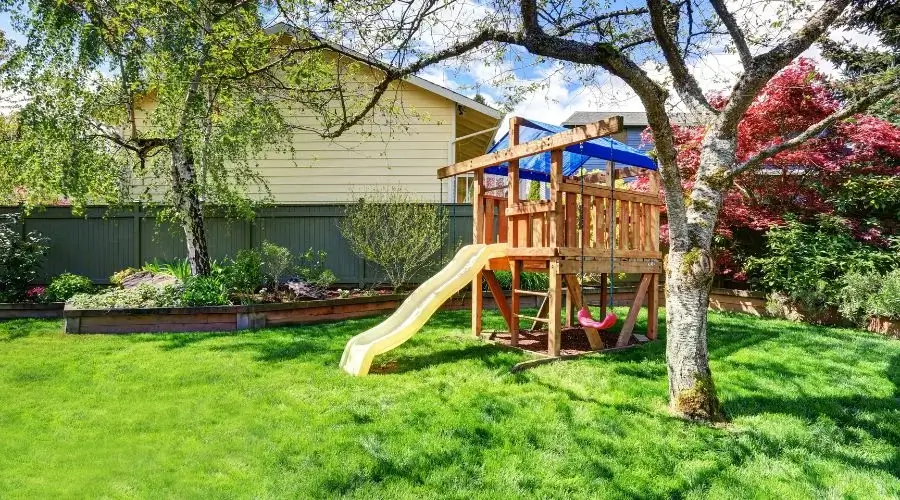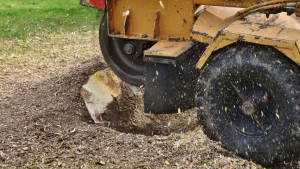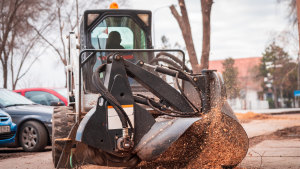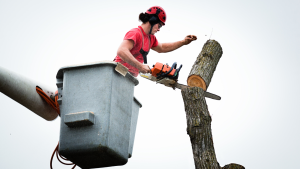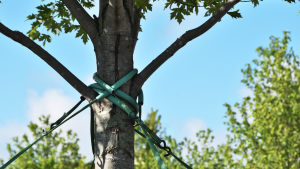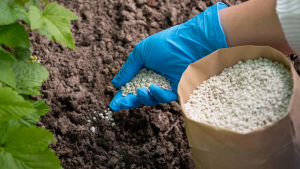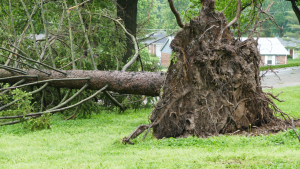Birch trees are renowned for their stunning, delicate leaves and elegant trunks that grace many landscapes. But there are times when, due to various reasons, birch trees need to be removed. Whether it’s due to disease, structural issues, or simply the need for a change in your landscape, knowing the best time to pull a birch tree can make a significant difference in the ease of the process and the success of any potential replanting. In this article, we’ll explore the optimal timing for birch tree removal to ensure a smooth transition and minimal disruption to your yard.
Understanding the Need for Tree Removal
Before diving into the best timing for birch tree removal, it’s essential to understand why you might need to pull a birch tree. Common reasons include:
- Disease: Birch trees can be susceptible to various diseases, such as the bronze birch borer and birch leafminer, which can weaken the tree and make removal necessary.
- Structural Issues: If a birch tree has grown too close to a building, power lines, or other structures, it may need to be removed to prevent damage.
- Aesthetic Reasons: When a birch tree no longer fits the desired landscape or its growth becomes unruly, removal might be considered.
- Safety Concerns: Dead or leaning birch trees can pose a safety risk, especially during storms, making removal crucial.
With these factors in mind, let’s explore the best timing for birch tree removal. Visit https://treeservicejoliet.com/ for more information.
1. Dormant Season (Late Fall to Early Spring)
The best time to pull a birch tree is during its dormant season, which typically occurs from late fall to early spring. During this period, the tree’s energy is focused on its roots rather than its foliage, making it less likely to experience transplant shock. Key reasons to choose this timeframe include:
- Reduced Stress on the Tree: When the tree is dormant, it’s less likely to suffer from the stress of being uprooted and replanted elsewhere.
- Easier Access: The absence of leaves simplifies the removal process, allowing for better visibility and access to the tree’s structure.
- Disease Prevention: Pruning and removal during the dormant season can minimize the risk of disease transmission, as most pathogens are less active.
2. Spring (Before New Growth)
If waiting until the dormant season is not possible, the early spring, before new growth begins, is a viable option for birch tree removal. The tree hasn’t fully awakened yet, and the ground is typically less saturated, making it easier to remove the tree with minimal soil disturbance.
3. Late Fall (Before Winter Sets In)
Late fall is another suitable time for birch tree removal, provided it’s done before winter’s arrival. The tree is preparing for dormancy, and removing it at this time can reduce the chances of transplant shock.
Important Considerations
When pulling a birch tree, keep these essential considerations in mind:
- Hire a Professional: Tree removal can be a hazardous task, and it’s recommended to hire a certified arborist or tree removal specialist to ensure the process is carried out safely and efficiently.
- Comply with Local Regulations: Check for any permits or regulations related to tree removal in your area, and ensure compliance.
- Consider Replanting: If you’re removing a birch tree for aesthetic reasons, consider replanting a new tree in its place to maintain the beauty and shade in your landscape.
Knowing the best time to pull a birch tree is essential for ensuring a smooth and successful removal process. Whether it’s for disease control, structural reasons, or aesthetics, timing the removal during the dormant season or before new growth in spring or late fall can help minimize stress on the tree and facilitate a seamless transition in your landscape. Always consult with a professional to assess your specific situation and plan for a successful birch tree removal.
